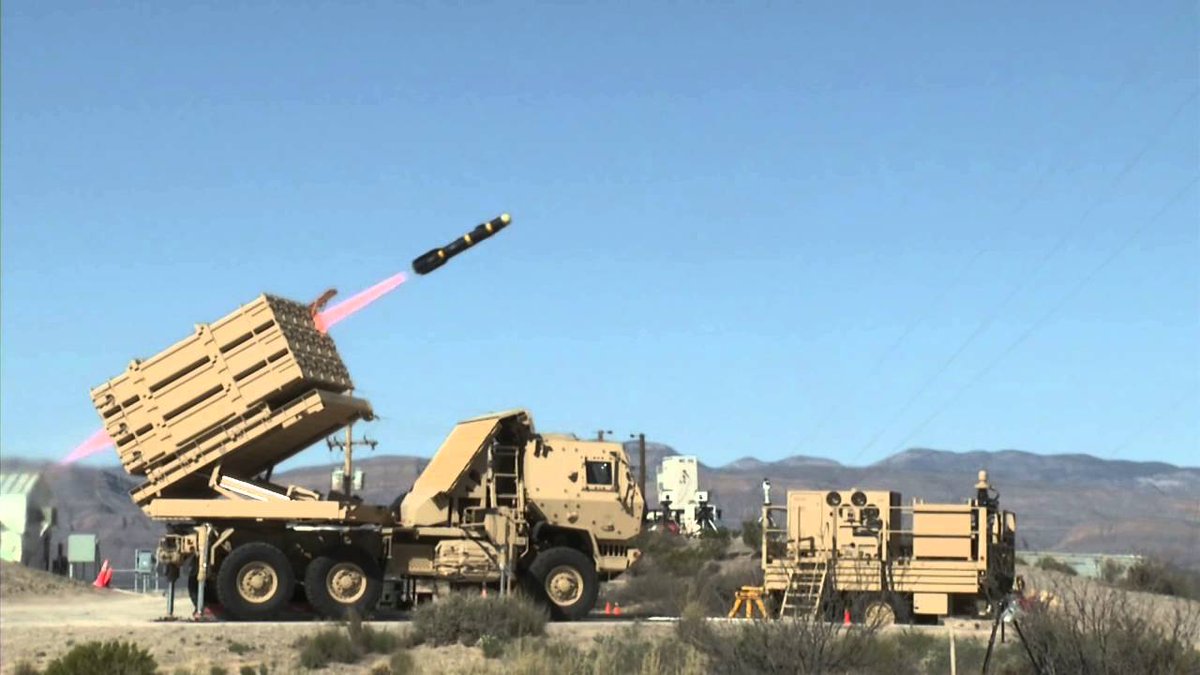The US military is gearing up to conduct up to two live-fire missile defense tests each year from Guam over the next decade. The goal is to develop an integrated defense system for this vital military hub, often referred to as the “tip of the spear” for the US presence in the Asia-Pacific region.
This initiative was detailed in a 378-page environmental assessment released by the Missile Defense Agency. The plan involves a collaboration among the Air Force, Army, Navy, and Coast Guard to track and destroy target missiles, with testing scheduled to begin in the final quarter of this year.
The assessment outlines a comprehensive missile defense system comprising various land, sea, and air-based weapons, sensor and communications systems, and command and control platforms.
These components will work together to intercept and neutralize incoming ballistic, cruise, and hypersonic missiles at all stages of flight.
The first test is scheduled for the first quarter of Fiscal Year 2025 and will involve launching a Standard Missile-3 interceptor using the Aegis Weapon System from Andersen Air Force Base (AAFB) against a medium-range ballistic missile.
The target will be air-launched from a C-17 or similar aircraft at an altitude exceeding 20,000 feet, at least 800 nautical miles east of Guam in the Broad Ocean Area (BOA) of the western Pacific Ocean.
The interceptor will launch from Northwest Field on AAFB, with its first stage booster separating shortly after launch and landing in a remote, uninhabited area of AAFB.
The interception will occur in the exosphere, more than 200 nautical miles from Guam. The assessment said that debris from the intercept and physical components from the target and interceptor will fall into the ocean more than 88 nautical miles from Guam and sink to the ocean floor.
Moreover, future tests and tracking exercises will incorporate interceptors from the Terminal High Altitude Area Defense (THAAD) and Patriot systems. Additionally, the not-yet-fielded Indirect Fire Protection Capability (IFPC), a mobile, ground-based system designed to defeat cruise missiles, drones, rockets, and mortars, will be included in subsequent tests.
These tests aim to validate the military’s ability to integrate multiple sensors and interceptors, which, as stated in the assessment, form the backbone of the Guam Missile Defense System.
According to the environmental assessment, these tests are not expected to result in “significant direct, indirect, or cumulative environmental impacts.” The Missile Defense Agency is currently seeking public comments on the assessment until July 2.
China Threat Prompts US To Ramp Up Defenses for Guam
Guam, housing Andersen Air Force Base, Naval Base Guam, and the in-progress Camp Blaz, is pivotal in any potential conflict with China due to its status as the westernmost American territory and its proximity to the South China Sea, a hotspot in the region.
In particular, concerns about Guam’s security have escalated due to China’s advancements in hypersonic technologies, including cruise missiles and hypersonic glide vehicles. As a result, the military has taken proactive measures to adapt its tactics and counter these emerging threats.
As EurAsian Times previously reported, the Indo-Pacific Command has prioritized the completion of the Guam Missile Defense System as a top strategic objective.
The proposed action aims to confirm the compatibility of various sensor and interceptor systems from the Missile Defense Agency (MDA), the US Navy, and the US Army. These systems could form the core of a comprehensive missile defense network safeguarding Guam.
The assessment said that the flight tests and tracking exercises are crucial for advancing research and enhancing the Department of Defense’s understanding of how missile defense systems, including the Aegis Weapon System (AWS), PATRIOT, THAAD, and IFPC, along with supporting sensors, can effectively counter diverse missile threats in real-world scenarios.
Moreover, this initiative seeks to significantly enhance Command and Control, Battle Management, and Communications capabilities across multiple operational theaters globally. It also aims to bolster Guam’s defenses against ballistic, cruise, and hypersonic missile threats.

Meanwhile, the assessment mentioned that the MDA is contemplating two alternative courses of action that align with the objectives and requirements of the Proposed Action alongside the No Action Alternative.
Alternative 1 involves flight tests or tracking exercises utilizing land-based launch systems integrated with various sensors from land, air, sea, and space. Alternative 2 (the Preferred Alternative) proposes similar tests using land or sea-based launch systems with integrated sensor networks.
The No Action Alternative would forego flight tests from land or sea-based launchers, resulting in a lack of tracking exercises to evaluate sensor systems. Under this alternative, Andersen Air Force Base would maintain its current activities without enhancements.
- Contact the author at ashishmichel(at)gmail.com
- Follow EurAsian Times on Google News